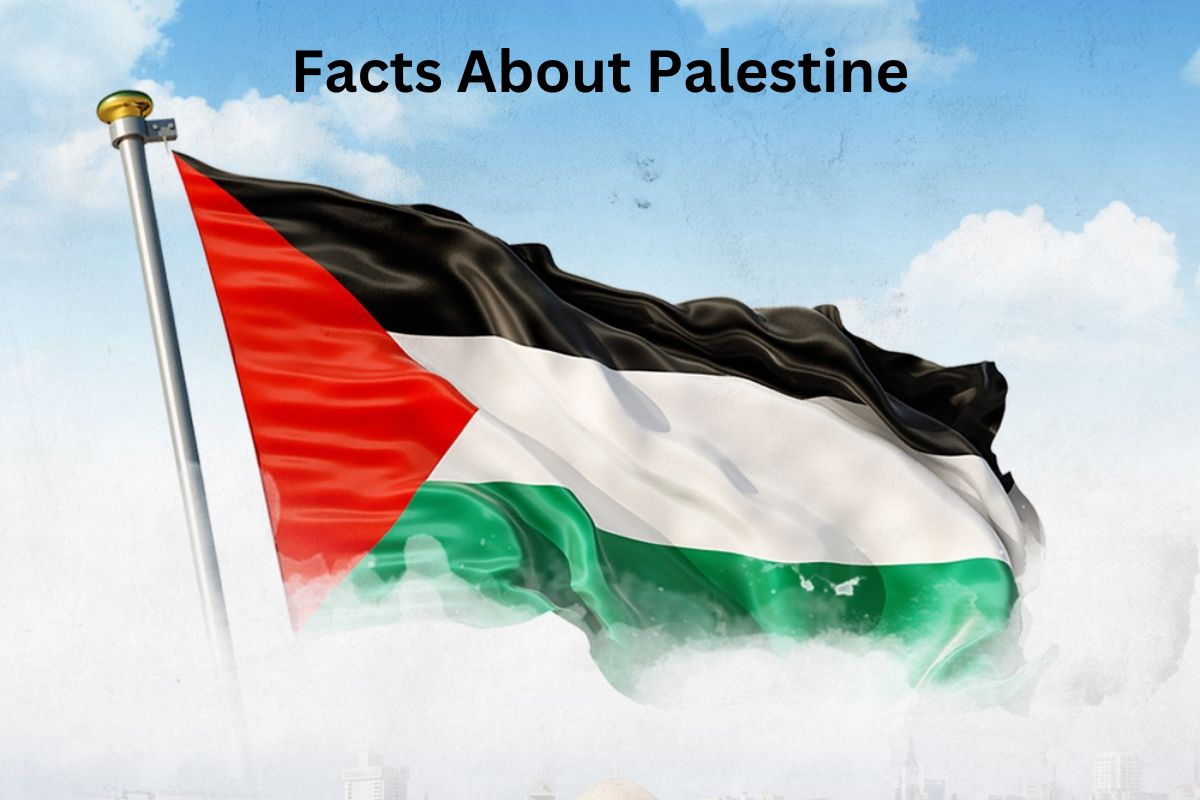Palestine is a region located in the Middle East with a profound historical and cultural significance.
It has been at the heart of the Israeli-Palestinian conflict for decades, marked by complex geopolitical dynamics, territorial disputes, and religious significance.
With a rich history that spans millennia and a unique blend of diverse cultures, Palestine remains a focal point of international attention and diplomatic efforts aimed at achieving a lasting peace in the region.
Palestine Facts
1. Located in the Middle East
Palestine is a region located in the eastern Mediterranean, in the heart of the Middle East. It’s strategically situated between Africa, Asia, and Europe.
2. Rich historical and cultural heritage
Palestine has an incredibly rich historical and cultural heritage that spans thousands of years.
It is often referred to as the “Holy Land” because it contains numerous sites of religious significance for three major Abrahamic religions:
- Judaism
- Christianity
- Islam
Some of the world’s most revered religious sites, such as the Western Wall, the Church of the Holy Sepulchre, and the Al-Aqsa Mosque, are found in Palestine, particularly in Jerusalem.
3. British Mandate from 1920 to 1948
After World War I and the fall of the Ottoman Empire, the League of Nations granted Britain a mandate to govern Palestine. This mandate began in 1920 and lasted until 1948.
During this period, Britain controlled and administered the region, overseeing significant political and demographic changes that would have lasting consequences.
Also Read: Palestine History Timeline
The British Mandate period was marked by increased Jewish immigration to Palestine, which laid the foundation for the future Israeli state. It also witnessed growing tensions between Jewish and Arab communities, as both groups aspired for self-determination in the region.
The end of the British Mandate in 1948 and the subsequent declaration of the State of Israel marked a pivotal point in the history of Palestine, leading to the displacement and conflict that continues to shape the region today. This period is known as the Nakba, or “catastrophe,” for Palestinians.
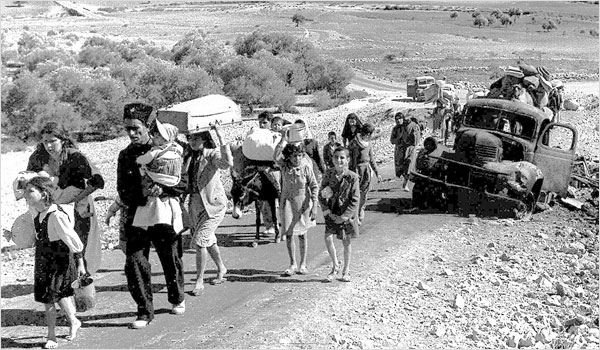
4. Nakba in 1948 led to Palestinian displacement
The Nakba, meaning “catastrophe” in Arabic, refers to the series of events that occurred in 1948 when Israel was declared an independent state.
This declaration led to the Arab-Israeli War, which resulted in the displacement and expulsion of hundreds of thousands of Palestinian Arabs from their homes and communities.
Also Read: Timeline of the Gaza Strip
During the Nakba, many Palestinians fled or were forcibly expelled from their ancestral lands, leading to the creation of a large Palestinian refugee population.
They sought refuge in neighboring countries such as Jordan, Lebanon, and Syria, as well as in other parts of historic Palestine, including the West Bank and Gaza Strip.
5. West Bank and Gaza Strip territories
The West Bank is a region located to the east of Israel and west of the Jordan River. After the Arab-Israeli War of 1948, the West Bank came under Jordanian control. In the Six-Day War of 1967, Israel occupied the West Bank, including East Jerusalem.
Since then, the West Bank has been a focal point of the Israeli-Palestinian conflict. The region is home to a significant Palestinian population and has been the subject of various peace negotiations, including discussions about its eventual status in any potential two-state solution.
A portion of the West Bank is under the governance of the Palestinian Authority (PA), while Israel maintains overall security control and has established settlements in the region, which are considered illegal under international law.
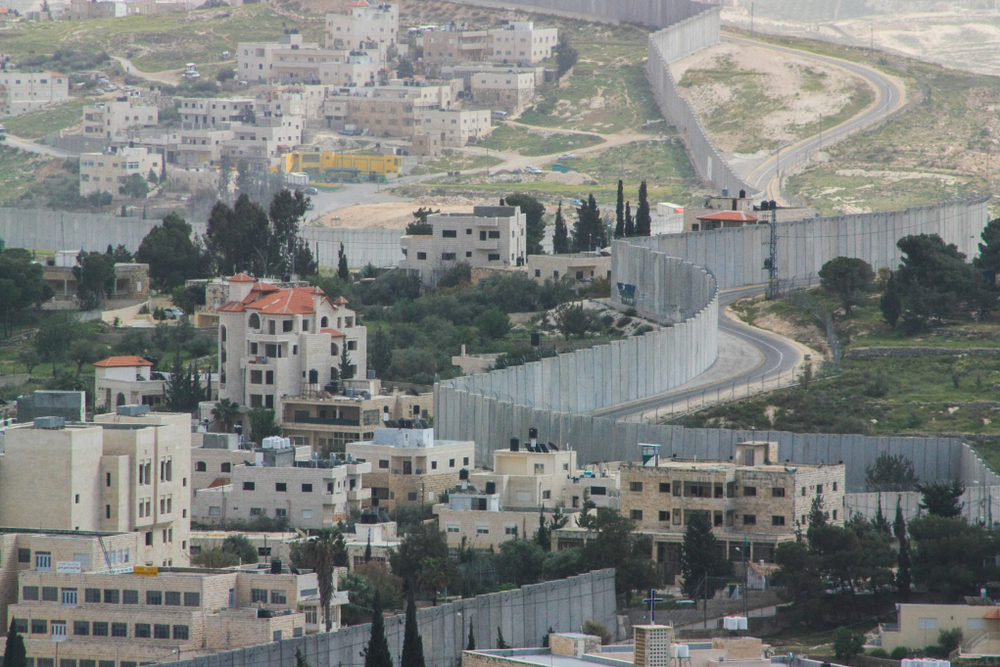
6. Palestinian Authority governs parts of the West Bank
The Gaza Strip is a narrow coastal territory on the eastern shore of the Mediterranean Sea. After the 1948 war, Egypt administered the Gaza Strip, and it remained under Egyptian control until the Six-Day War in 1967, when Israel occupied the territory.
In 2007, following a political and military conflict, the Palestinian political party Hamas took control of the Gaza Strip, while Israel imposed a blockade on the region. The blockade has severely restricted the movement of people and goods in and out of Gaza and has had profound humanitarian consequences.
The Gaza Strip has been a major flashpoint in the Israeli-Palestinian conflict, with periodic outbreaks of violence, including conflicts like the Gaza Wars in 2008-2009, 2012, 2014, and 2023.
Both the West Bank and the Gaza Strip are central to the aspirations of Palestinians for a future state and are key areas of contention in peace negotiations between Israelis and Palestinians.
7. Gaza Strip governed by Hamas
The Gaza Strip has been governed by the political party Hamas since 2007. Hamas is designated as a terrorist organization by several countries and international organizations, including the United States, the European Union, Israel, Canada, and others.
This designation is primarily due to its history of armed conflict, use of violence, and its stated goal of opposing the existence of Israel. However, it’s important to note that opinions and perspectives on Hamas can vary among different individuals and groups.
8. Large Palestinian refugee population
The Palestinian refugee population is one of the largest and long-standing refugee populations in the world. It primarily consists of Palestinians and their descendants who were displaced during the Arab-Israeli conflict, particularly during the 1948 Arab-Israeli War (Nakba) and the Six-Day War in 1967.
These refugees are dispersed across several countries in the Middle East, including Jordan, Lebanon, Syria, the West Bank, and the Gaza Strip, as well as in other parts of the world. Many Palestinian refugees and their descendants continue to live in refugee camps, facing difficult living conditions and limited access to basic services.
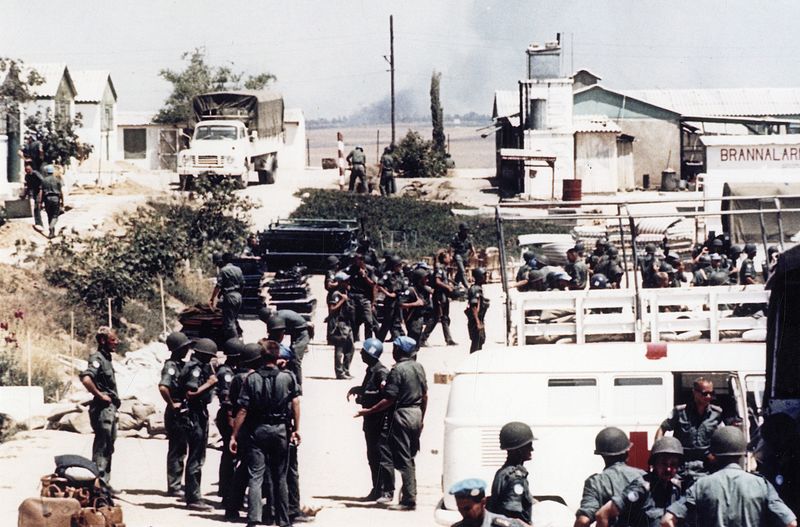
9. Ongoing conflict with Israel
The Israeli-Palestinian conflict has resulted in periods of violence and upheaval. This includes wars between Israel and its neighboring Arab states, such as the Arab-Israeli War of 1948, the Six-Day War in 1967, and the Yom Kippur War in 1973.
In addition to full-scale wars, there have been Palestinian uprisings known as “intifadas,” characterized by protests, demonstrations, and sometimes violent clashes with Israeli security forces. The First Intifada began in 1987, and the Second Intifada in 2000 had particularly far-reaching consequences.
The conflict has also seen numerous clashes, missile exchanges, and military operations, leading to loss of life and suffering on both sides.
10. Jerusalem’s disputed status
Jerusalem is one of the most contentious issues in the Israeli-Palestinian conflict. Both Israelis and Palestinians claim it as their capital.
East Jerusalem, which includes the Old City, holds particular significance as it contains holy sites for Judaism, Christianity, and Islam. The Western Wall, the Church of the Holy Sepulchre, and the Al-Aqsa Mosque are all located in this area.
The status of Jerusalem has been a major point of contention in peace negotiations. Palestinians seek East Jerusalem as the capital of their future state, while Israel considers Jerusalem its undivided capital. This disagreement remains a significant obstacle to a final peace agreement.
11. Two-state solution proposed for peace
The two-state solution is a proposed framework for resolving the Israeli-Palestinian conflict. It envisions the establishment of an independent and sovereign Palestinian state alongside Israel, with mutually agreed-upon borders.
This solution has been a cornerstone of peace efforts and negotiations for many years. It is based on the idea that Israelis and Palestinians can coexist in separate states, living side by side in peace and security.
The parameters of a two-state solution include addressing issues such as the borders of the Palestinian state, the status of Jerusalem, the fate of Palestinian refugees, and security arrangements.
Achieving a two-state solution has been a goal of international diplomacy and has faced numerous challenges, including settlement construction and political disagreements.
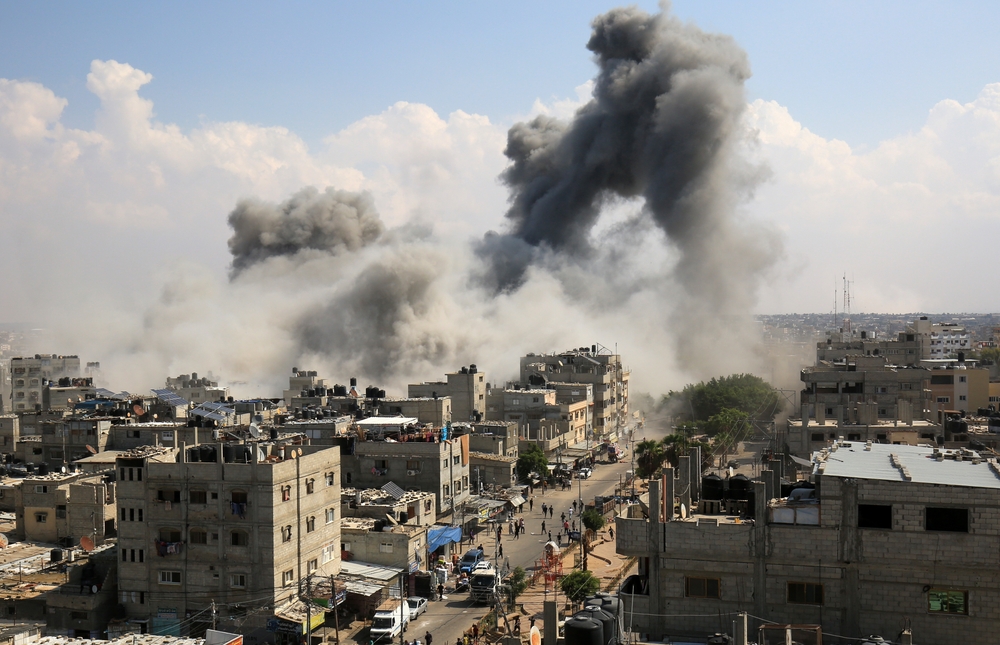
12. Over 130 UN member states recognize Palestine
More than 130 of the 193 United Nations member states had recognized the State of Palestine. This recognition often comes in various forms, including formal diplomatic recognition and support for Palestinian statehood.
The recognition of Palestine as a state is a contentious issue, with some countries supporting it as a step toward a peaceful resolution of the conflict, while others argue that it should be achieved through negotiations with Israel.
The recognition of Palestine’s statehood status has been a subject of international debate and has implications for the rights and representation of Palestinians on the global stage.
13. International involvement in peace efforts.
Various international actors and organizations have been involved in efforts to mediate and resolve the Israeli-Palestinian conflict. These include:
- The United Nations (UN): The UN has played a central role in addressing the conflict, with resolutions and peacekeeping missions in the region.
- The United States: The U.S. has been a key player in facilitating peace negotiations, with various administrations attempting to broker agreements between Israel and the Palestinians.
- The European Union (EU): The EU has been actively engaged in providing humanitarian aid, economic support, and diplomatic efforts in the region.
- Arab States: Arab countries, particularly those in the Arab League, have been involved in peace initiatives and have provided political and financial support to the Palestinian cause.
Numerous peace plans and initiatives, such as the Oslo Accords, the Camp David Accords, and the Arab Peace Initiative, have been put forward by the international community to promote a peaceful resolution to the conflict.
Despite these efforts, achieving a lasting peace agreement has been challenging, with issues like borders, settlements, refugees, and the status of Jerusalem remaining unresolved. International involvement in the Israeli-Palestinian conflict continues to be a complex and ongoing process.
